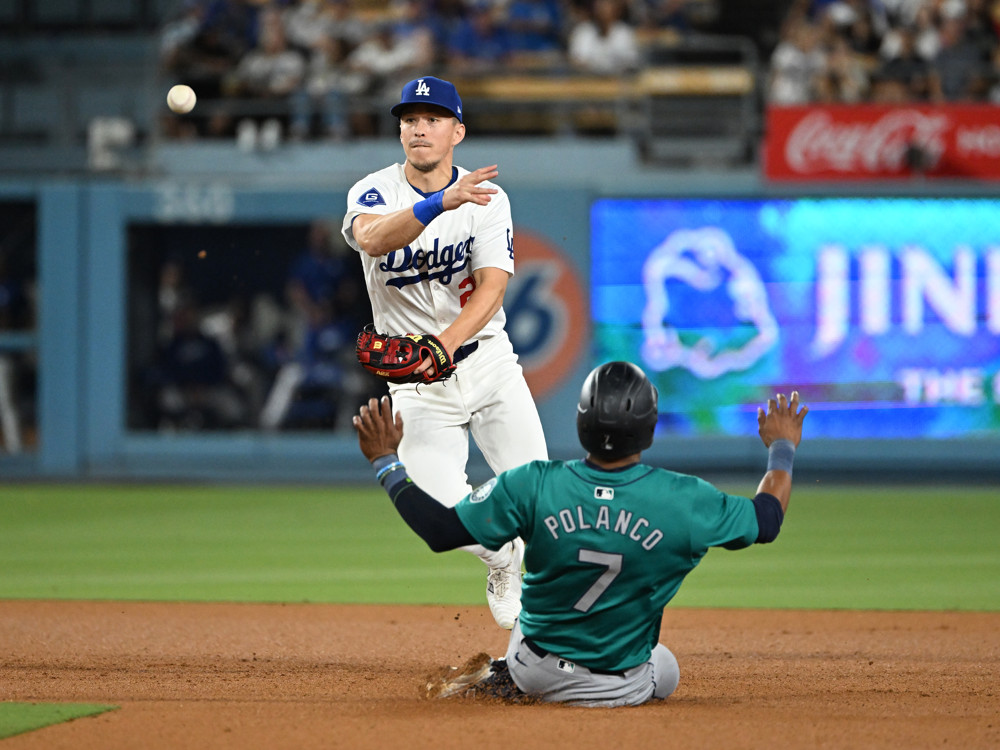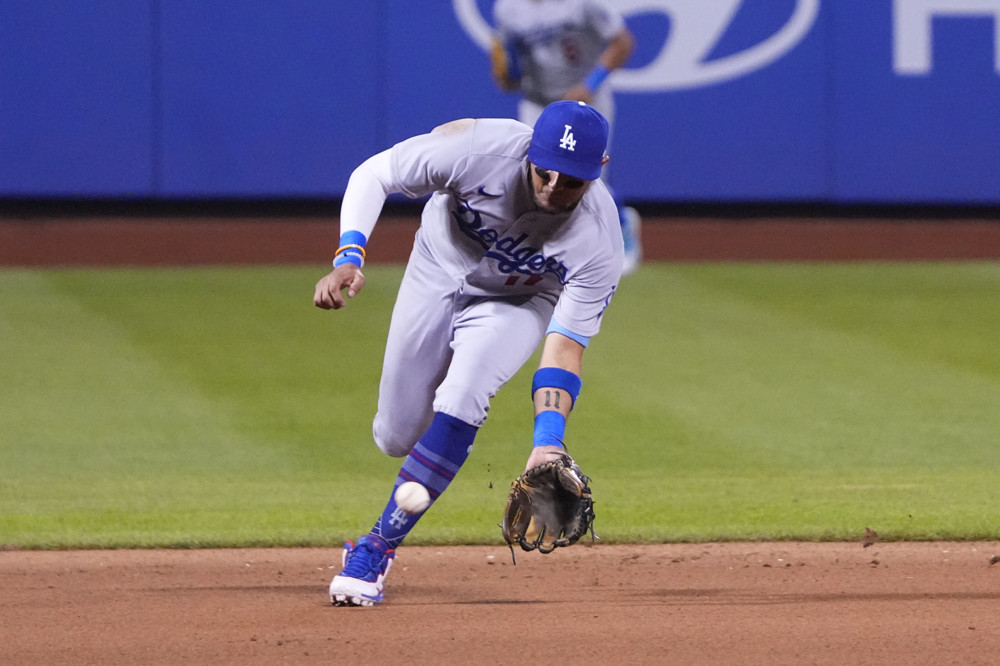Shintaro Fujinami has been a tantalizing talent in NPB for a decade, and now he could very well be coming to North America. The Hanshin Tigers will be posting him when MLB free agency gets underway.
Fujinami’s career has been a roller coaster ride. He held his own in NPB at first, debuting just before his 19th birthday. From 2013-2016 he made between 24 and 28 appearances each year, with almost all of them being starts. His best season was 2015, in which he went 14-7 with a 2.40 ERA and 221 strikeouts in 199 innings.
After 2016 the control issues came, and they hit him hard. He walked at least 6 batters per 9 innings in each of the next three NPB seasons, and made more minor league appearances than NPB appearances over that span. The 2019 season was the low point for Fujinami, as he made one start that lasted 4 ⅓ innings, walking 6 batters and hitting another 2.
Over the past three seasons, a bizarre trend has emerged regarding Fujinami’s usage. In each of the last three seasons he has opened the year as a starter and struggled, transitioned to relief work and performed well, which earned him a promotion back into the rotation at the end of the year.
If we split his 2022 season into those three stages, he yielded the following results:
| Role (Dates) | Games | Innings | ERA | K% | BB% |
| Starter (3/25-4/8) | 3 | 15 | 6.00 | 15% | 14% |
| Relief (5/31-6/10) | 5 | 6 | 0.00 | 19% | 5% |
| Starter (8/6-9/18) | 7 | 43.2 | 3.09 | 27% | 5% |
*This leaves out a 2-inning shutout relief appearance just to get some work in before the playoffs (2 strikeouts, 1 walk), and a rough 3-inning playoff start that was played in monsoon-like conditions (2 runs, 4 strikeouts, 3 walks).
There are many reasons for MLB teams to be interested in Fujinami, the first being his stuff. Overall Fujinami averaged 96 MPH with his fastball, and it played up a bit when pitching in relief, averaging 97 MPH.
While his fastball is good, his splitter is better. It’s a harder pitch than most MLB splitters, averaging 91 MPH (92 MPH as a reliever) and topping out at 94 MPH. Despite throwing it so hard, he still manages to get good downward action on the pitch, and he locates it better than the fastball or slider, keeping it down and out of danger.
The splitter was his best strikeout pitch, and his most-used pitch with two strikes, narrowly edging out his fastball in both two-strike usage and strikeouts. In addition to having a solid 34% whiff rate, batters also struggled to do anything with the splitter when it was put in play. His splitters turned into grounders 66% of the time, and batters only managed a 9% hard hit rate versus the pitch.
While the fastball and splitter are great weapons for Fujinami, his slider is more of a liability. The slider usually features good horizontal break and sweeping action, and had the best whiff rate of all his pitches at 37%, but he struggled to control it and limit damage. He would routinely leave sliders hanging in the zone, and batters hit .310/.383/.548 on the pitch.
Some of his early season struggles can be attributed to slider usage. Overall he threw 21% sliders on the season, but in his first three starts he threw sliders 30% of the time, compared to just 16% splitters.
While slider usage was definitely a factor in his early season struggles, it was not the only reason. In those first three starts he could not find the zone consistently with any of his pitches.
The only pitch that was able to manage a strike rate of 60% was his rarely-used curveball (of which he threw 3 of 5 for strikes). For comparison, if you take out the first three starts 69% of his fastballs were strikes, as were 68% of his splitters.
Fujinami’s market will be fascinating to follow this off-season, as there are a wide variety of possible outcomes. Some teams will be scared off by him only having two reliable pitches and a history of control problems.
On the other hand, some teams might see a power bullpen arm ready to go with a fastball-splitter combination. A team may think they can rework his breaking ball or see his two pitch mix working like it does for Kevin Gausman.
What Fujinami wants will matter too. Will he be willing to take a bullpen role, or will he want the opportunity to start? Will he want a clause that prohibits him from being sent to the minors in his contract? Is he willing to sign for a price that MLB teams are willing to pay, keeping in mind that they will owe Hanshin a posting fee on top of his salary?
Recent years have seen some players with “fringier” skill sets go through the posting process only to end up re-signing back with their old team. Defensive specialist second baseman Ryosuke Kikuchi and speedy outfielder Haruki Nishikawa have recently had failed postings. Starting pitcher Tomoyuki Sugano was widely considered a MLB-caliber arm, but could not find a team that would meet his price and re-signed on a large contract with the Yomiuri Giants.
It is impossible to tell how Fujinami’s future will play out. However, as when he is on the mound, the unpredictability is part of what makes him so intriguing.


